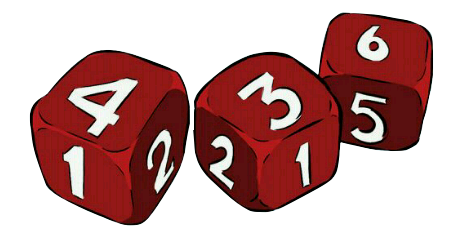Dicey Development

Monica has 3 die, each face of each dice is labeled with a distinct integer in the interval 1 to 6. And the sum of the numbers in 2 opposite faces is always 7.
She arranges her dice in a row such the faces that touch each other has the same numerical value. In the end, she obtains a 3-digit integer by reading the top faces of these dices.
For example, she can obtain the number 436 (as shown in the picture above) by facing the two "2" against each other and two "5" against each other. But it is impossible for her to obtain the number 635.
How many distinct 3-digit integers can she obtain by rearranging the dices in this way?
Problem source: OBMEP 2014
The answer is 168.
This section requires Javascript.
You are seeing this because something didn't load right. We suggest you, (a) try
refreshing the page, (b) enabling javascript if it is disabled on your browser and,
finally, (c)
loading the
non-javascript version of this page
. We're sorry about the hassle.
In the image above I wrote the possibilities. The numbers out the brackets are the numbers that will touch to other. The numbers in brackets are the numbers that can be in the top face of each dice. In each case we can flip the dice to show in top face one of the numbers in the brackets. Thus we have 4 × 4 × 4 = 6 4 possibilities to each case, and we have in these 3 cases a total of \64\times3=192) possibilities.
Observe that in this way we have some repetitions. A number appears in two of these three cases at same time. For example, the number 2 is in the first case and in the third case, leading us to one repetition.
Let's find the number of repetitions:
In the first case and in the second case the numbers 3 and 4 are repeating. Subtracting the permutation of one case, we have 2 × 2 × 2 = 8 repetitions.
In the first case and in the third case the numbers 2 and 5 are repeating. Doing the same of the last cases, we will have 8 repetitions too.
In the second case and in the third case the numbers 1 and 6 are repeating. In this case we have 8 repetitions too.
The same number not appear in the 3 cases, thus we have 8 + 8 + 8 = 2 4 repeated cases.
In total we have 1 9 2 − 2 4 = 1 6 8 possibilities.